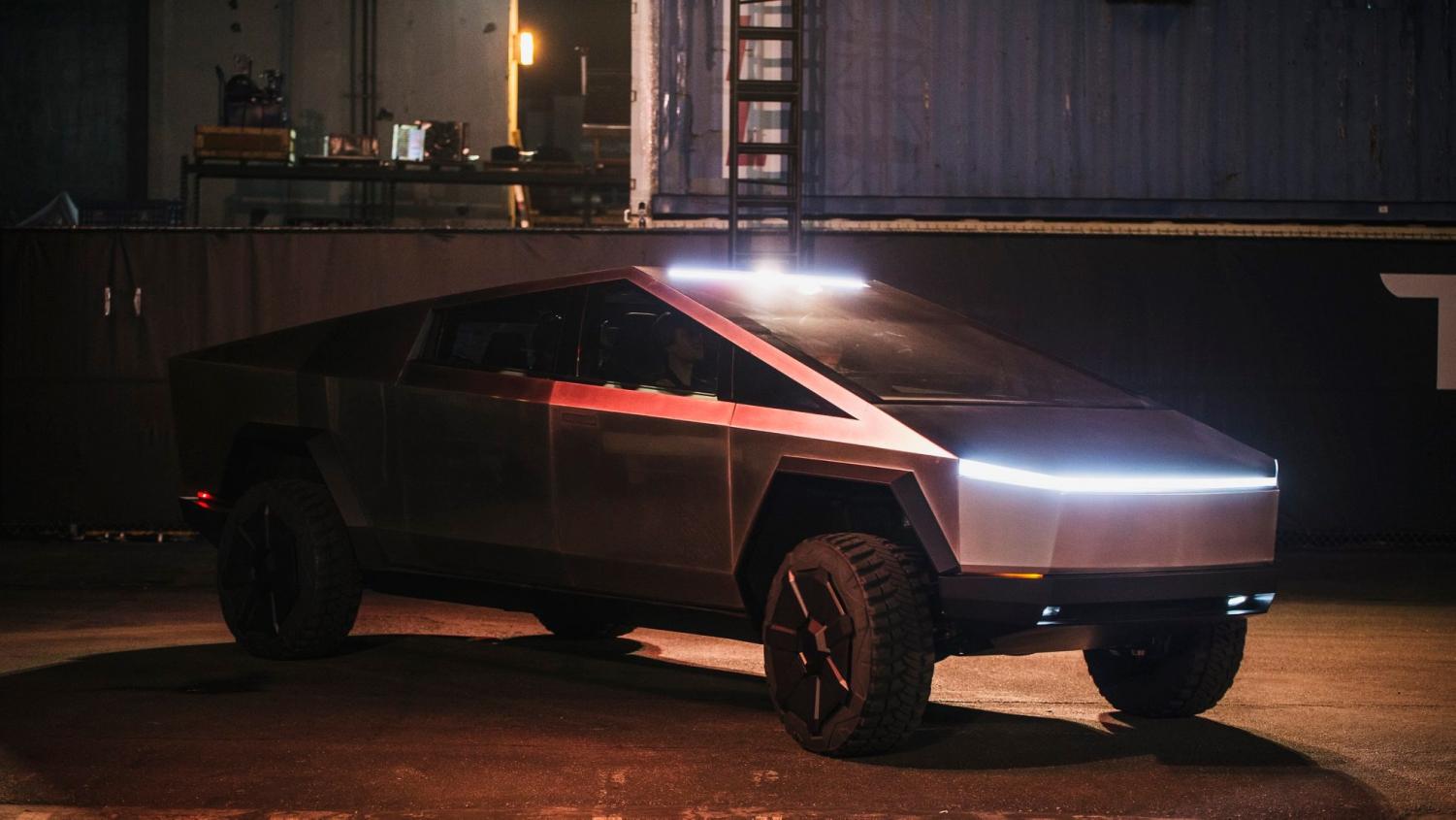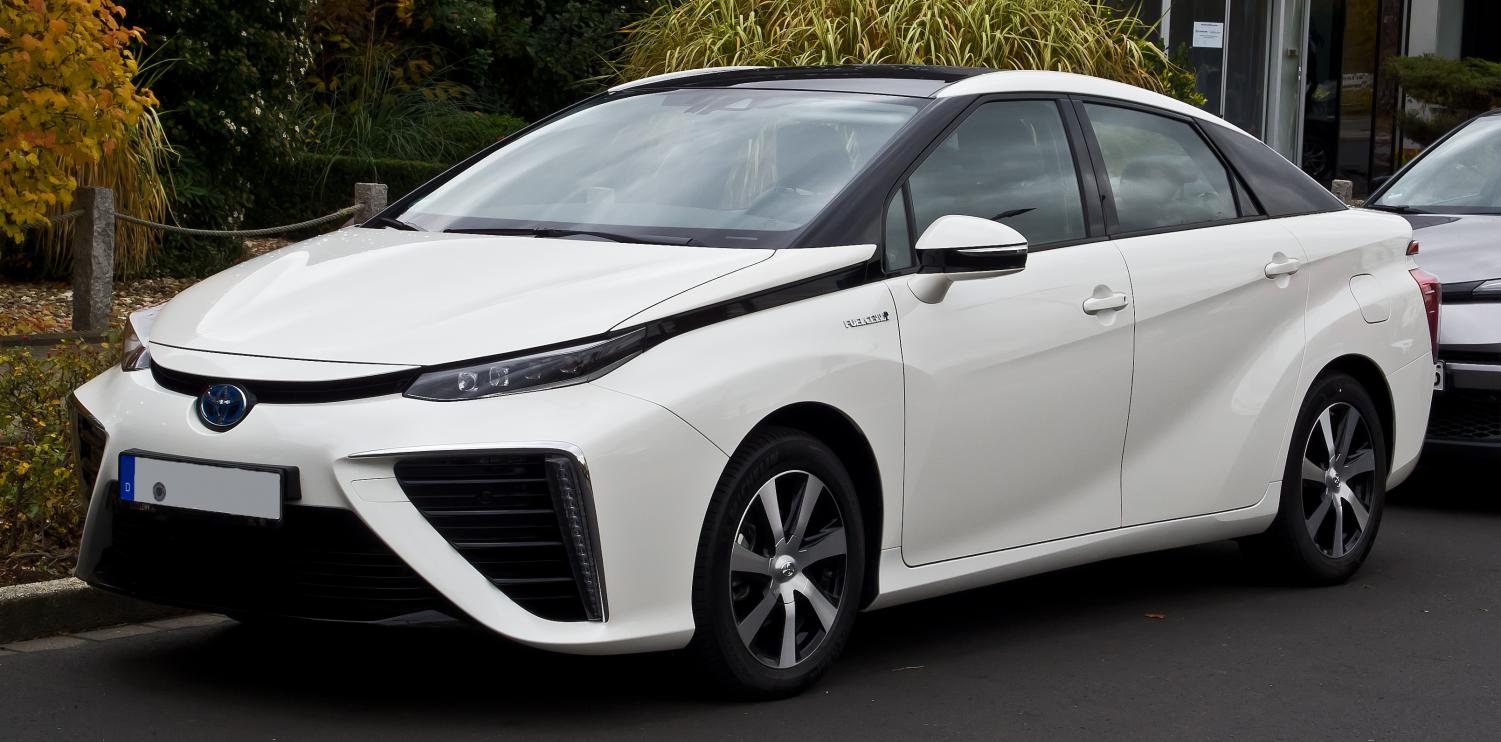Electric Cars – They Aren’t the Future
If there’s one trend the auto industry is going towards, it’s electric cars. Brands such as Tesla, Rivian, and even Hummer (yes, that Hummer) are storming onto the scene with motors more powerful than expensive gas rivals at competitive prices. Traditional companies are getting on board as well, from Ford with an electric F-150, to Audi with the E-Tron. The cars are boasted about with claims of efficiency, convenience, and environmentalism, but is there any merit to their claims?
The problem with electric cars as it stands now are the materials needed to make them. The batteries require both lithium and cobalt, two materials that are going to get progressively more expensive and harder to find, which will crank up prices unless we build a new type of battery, such as what was made by IBM Research recently, which has no heavy metals.
The batteries are not the only issue, though. It is not clear yet whether these cars are actually better for the environment than gasoline or diesel cars. Manufacturing these cars is significantly worse for the environment, with both giant batteries and metal fabrication being used, rather than just the latter. However, the argument stands that because of the fact that they do not emit anything while driving, the more miles you get out of the car, the more the manufacturing cost is offset. But, the answer to all of this depends on how much you actually drive, and where you charge your vehicle. Charging where the power source is a coal or gas plant is not doing the environment any favors, so really, charging is only beneficial when charging from green sources, such as a nuclear plant.

The concept of the Telsa Cybertruck may be revoluntionary, but it’s lack of power still puts it in the back seat to current gas trucks on the market.
The environmental impact is one thing, but the big issue is that electric motors cannot provide sustained power under load like how a diesel or gas motor can. A Tesla Cybertruck can tow up to 14,000 pounds safely; however, it competes with the Ford F-2/350, as they are in the same size segment. An F-250 can tow 15,000 lbs, with the F-350 towing 20,000 pounds, ignoring the gooseneck hitch rating of a whopping 37,000 pounds. People buy large trucks for towing and hauling, and they need sustained power to do that. Unless these motors can provide that power, which they are currently unable to, then nobody will be buying them after the hype fades. That is why the Tesla Semi is mainly going to be used in ports and on short routes- because they have all the torque in the world, but little of the power, combined with very poor range.

Time is money, and with the amount of time electric cars and trucks need to charge, they are falling short to gas and diesel.
Even if electric cars had more power than gas or diesel, and even if they were better for the environment, they fall short in one giant way – charging. When you buy something on Amazon for example, you expect it to come in two days. If it takes hours for these trucks to do something as basic as charge up, then it simply is not practical to have these vehicles for services that are expected to be timely. People demand convenience, and that is simply something that these cars fail to provide. Lines at charging stations on highways are dozens of cars long because it takes hours to charge for minimal range. It costs more to buy 280 gallons of diesel to fill a truck up, but it can go over 1,000 miles without needing to be filled, saving exponential amounts of time, and in shipping, time is money. Another problem is that we would have to re-engineer the concept of a gas station to fit the electric car. It’s hard for parking lots to install Tesla’s Superchargers, for example, because some lots are just too cramped, and gas stations wouldn’t be able to easily shuffle cars that simply take too long for the concept to work properly.

The Toyota Mirai is one of the first hydrogen cars to hit the mainstream market.
The future, realistically speaking, is not in electric cars and trucks, but it is actually in fuel-cell technology. Toyota is ahead of the curve with a fuel-cell-only vehicle called the Mirai, which can go 312 miles and takes less than five minutes to refuel. As of now, buying the fuel required, which is hydrogen, costs proportionally about the same as gas. People generally do not mind paying more if it means that they can go much farther in the same amount of time as an electric car. When you go on a road trip, you do not want to be waiting in a car on the side of the highway; you want to be at your destination in a timely manner. These stations can also be easily made from existing gas stations, with most of the existing infrastructure still in place. We won’t need to re-engineer the concept of a gas station to do it.
Fundamentally, electric cars are a great concept. However, at this point, it’s going to be a lot harder to engineer battery technology that actually has the convenience of gasoline or diesel, then it is to simply switch over to hydrogen fuel. If it’s harder for people to go electric due to less convenience with no immediate benefits, it simply will not succeed in the long term. If we actually want to make change now, we need to do it in a way that consumers will be able to adopt, and fast.

James is a freshman at Lakeland and a writer for The Lancer Ledger. He gravitates towards writing articles about general news, technology, and finances....






